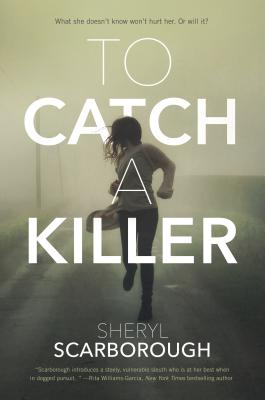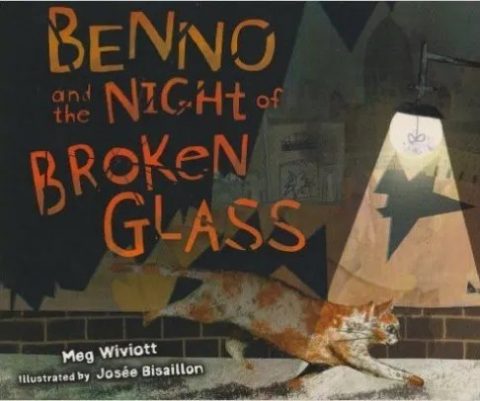What would a mountain lion do with human remains? Is it possible to murder someone with a proton beam? How fast can a knife wound across the chest bleed out? If your phone’s been hacked and someone’s spying on you, how would you know?
These are just a few of the miscellaneous topics that writer colleagues and I have been researching. Interesting subject matter, yes, but time-consuming work to sift through the ocean of material out there to find the best answers. Which is why I’m trying to sharpen my search engine skills and get up to speed on things like cold calling experts. If you’ve ever wondered where to find information for your book, check out these tips from authors who’ve mastered the art of research. Effective techniques can boost writer productivity, add to story authenticity, and inspire the kind of arresting details that are, as John Gardner said, “the lifeblood of fiction.”
Research 101: Where does a writer begin?
Most writers begin with online research, because it’s convenient, free, and available 24/7. Sheryl Scarborough, whose YA mystery/thriller series debuts in February with the title, To Catch a Thief, uses the Internet to find “high quality, professional descriptions, images and videos for the settings and situations I’m writing about.” This includes everything from high school forensic classes to information on lifting and comparing fingerprints. The challenge is sorting through the surplus of data, so finding reliable websites is key. Here are five that Sheryl recommends:
 YouTube – If you want to learn how to do something, check YouTube. Most people don’t know that it’s actually the second largest online search engine, Google being the first. On YouTube, you can watch babies being born, surgery on almost everything, plumbing, dry wall installation, toy making, lock picking and cow milking. Seriously, there’s almost nothing you can’t find on the site.
YouTube – If you want to learn how to do something, check YouTube. Most people don’t know that it’s actually the second largest online search engine, Google being the first. On YouTube, you can watch babies being born, surgery on almost everything, plumbing, dry wall installation, toy making, lock picking and cow milking. Seriously, there’s almost nothing you can’t find on the site.- Google Maps– You can customize a map to a particular area, put pins in multiple locations, compute distances, AND you can look at an actual corner or front of a building on Google Street View.
- Zillow—This online real estate database is a great tool for writers who want to describe houses and neighborhoods in actual locations.
- eBay—It’s not just for shopping. If you’re looking for the real McCoy, use it to browse for pictures of things from the past.
- Central Intelligence Agency—According to Sheryl, it’s a great tool for learning about a foreign country!
Don’t forget about librarians; they are a tremendous resource. “If you’ve got a good librarian,” Sheryl says, “you’ve struck GOLD!”
 It was research librarians who helped Meg Wiviott, author of the picture book, Benno and the Night of Broken Glass, and the YA novel, Paper Hearts, with one of her greatest challenges—finding a German map from 1938 that could provide her with the name of a street in Berlin in the vicinity of the Neue Synagogue. This was “not something that could be googled,” Meg explains, “because Berlin was heavily bombed and damaged at the end of [WWII] and modern day streets might not have existed back in [the year the story was set].”
It was research librarians who helped Meg Wiviott, author of the picture book, Benno and the Night of Broken Glass, and the YA novel, Paper Hearts, with one of her greatest challenges—finding a German map from 1938 that could provide her with the name of a street in Berlin in the vicinity of the Neue Synagogue. This was “not something that could be googled,” Meg explains, “because Berlin was heavily bombed and damaged at the end of [WWII] and modern day streets might not have existed back in [the year the story was set].”
Keith Raffel, best-selling author of five adult thrillers, says he does a lot of his research in libraries. In fact, he’s even traveled across the country to work at specialty libraries.

 For his fourth book, A Fine and Dangerous Season, Raffel spent time at the John F. Kennedy Presidential Library in Boston, where he “used a bunch of memoirs, a book of transcripts from the Cuban Missile Crisis, and a book showing what the White House looked like in the Kennedy years.” He also travels to foreign cities to do research first-hand as well.
For his fourth book, A Fine and Dangerous Season, Raffel spent time at the John F. Kennedy Presidential Library in Boston, where he “used a bunch of memoirs, a book of transcripts from the Cuban Missile Crisis, and a book showing what the White House looked like in the Kennedy years.” He also travels to foreign cities to do research first-hand as well.
In addition to working with libraries, Meg contacts universities, museums and historical societies to research her historical fiction.
The artifact at the heart of Paper Hearts, for example, is held in permanent collection by the Montreal Holocaust Memorial Centre. After traveling to Montreal to see the heart and talk to filmmakers, Meg “read broadly on the Holocaust, the Final Solution, and the Nazi death camps,” before narrowing her focus “to Auschwitz, the work kommandos, the companies who contracted with the Nazis to use prisoners as slave laborers, and survivor stories…” Finally she interviewed the surviving daughter of her novel’s real life main character.
 Her only problem was knowing when to stop. “Research,” Meg says, “is an addictive pit I can easily fall into.”
Her only problem was knowing when to stop. “Research,” Meg says, “is an addictive pit I can easily fall into.”
How can a writer find the sources she needs? Are there interviewing do’s and don’ts?
Most of the books I’ve worked on have required some form of outside research. As a result, I’m always looking for professionals to interview. I’ve talked with surgeons, EMTs, firemen, plumbers, electricians, pharmacists, trainers, venture capitalists, hackers and cyber security sleuths for my writing projects. While there’s no one right way to find an expert, it’s a good idea to cast a wide net, because you never know who’s going to deliver.
Post what you’re looking for on Facebook. “I needed a very specific genetic marker for To Catch a Killer,” Sheryl explains. “I didn’t even know if [what I wanted] was possible, but if I could find it, it would completely tie my story together. I put up a request on Facebook for a referral to a geneticist and within a short period of time, I heard from a VCFA friend with the name of her friend who was a student studying genetics AND she gave me the perfect [genetic] anomaly. It was amazing.”
Approach people with confidence. After all, you are a professional too. “You can just walk into a police station and ask to talk to someone on staff,” Keith explains. He did this while writing his first book, and immediately they “sent someone out who explained how the department was organized, where they hold prisoners, etc.” When Keith needed help on what a mountain lion would do with human remains, he cold-called “a state expert in Sacramento who, while initially skeptical, was in the end terrifically helpful.” And when he needed help figuring out how to commit murder with a proton beam, he “finagled an introduction to a Stanford physics professor who’d worked at SLAC back in the 60s,” and emailed the professor questions about how that might work.
Fortunately, people tend to get genuinely excited and want to be helpful when you tell them you’re writing a book. You can interview people by email, by phone or in-person—but research your topic beforehand so you’ll sound intelligent and prepared when you talk.
Writer research can require a thick skin and sometimes a sense of humor. I’ll never forget the strange looks an electrician and his crew gave me when I plied them with questions about death by electrocution. Or the day I was online researching hidden cameras, and a chat window popped up with a smarmy salesman who began
detailing the different ways I could watch other people in secret. It was creepy, but I stuck with it and got some helpful information. (Of course, you may want to delete the digital cookies that some of these sites leave on your browser. You never know what kinds of ads may start popping up!)
How should a writer thank her sources? Is payment ever required?
Payment is usually not necessary. The best way to thank people is to mention them in the Acknowledgments Page and send them signed copies of your book. “Of course, when I met people for a meal or drinks, I picked up the check,” Keith adds. “I always followed up with a thank you email or note… asked them how they wanted to be acknowledged… invited them to the publication party and called them out there if they came.”
Realize and accept that most of what you learn will never make it into your story. But in the process, you may discover the subject for your next book!

